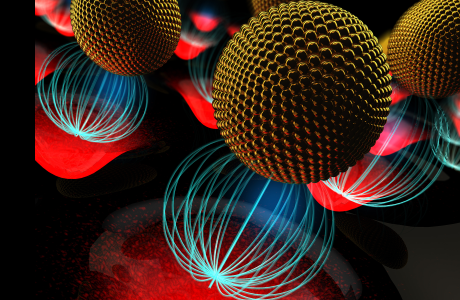Light-driven manipulation tools such as optical tweezers have opened new ways to control and study matter. We push the boundaries of their scale, versatility, and strength. Nature offers powerful inspiration: wind, ocean currents, and volcanic eruptions all show how heat and temperature gradients can drive motion on vast scales. Drawing from these forces, we created optothermal manipulation, a strategy that uses light-induced heating and cooling to precisely control the motion, interaction, structure, and composition of matter. By further integrating chemical, electrical, and acoustic effects, we envision a broadly adaptable platform for manipulating matter with precision.
You are here
Research

We integrate innovations in both manipulation by light and manipulation of light with AI to advance spectroscopy, microscopy, and mechanoscopy. Using standard optical microscopy, we achieve high-efficiency volumetric imaging and accurate classification of cells and organisms. Our mechanoscopy tools, including adhesion frequency assays, quantify dynamic cell-cell interactions, cell-substrate adhesion, receptor-ligand binding forces, and other mechanical properties at the single-molecule and cellular level. In addition, we develop chiroptical spectroscopy systems for label-free, highly sensitive enantiodiscrimination.

We design architected materials such as photonic crystals and metamaterials to precisely control light and unlock new regimes of light-matter interaction. Our designs are often inspired by nature and increasingly guided by AI, accelerating discovery and enabling unprecedented functionality. In parallel, our light-driven manipulation strategies provide sustainable, on-demand fabrication of complex architectures across scales, from nanoscale features to large-area platforms. Advanced characterization tools link structure to function, revealing both single-nanostructure behavior and collective emergent phenomena.



